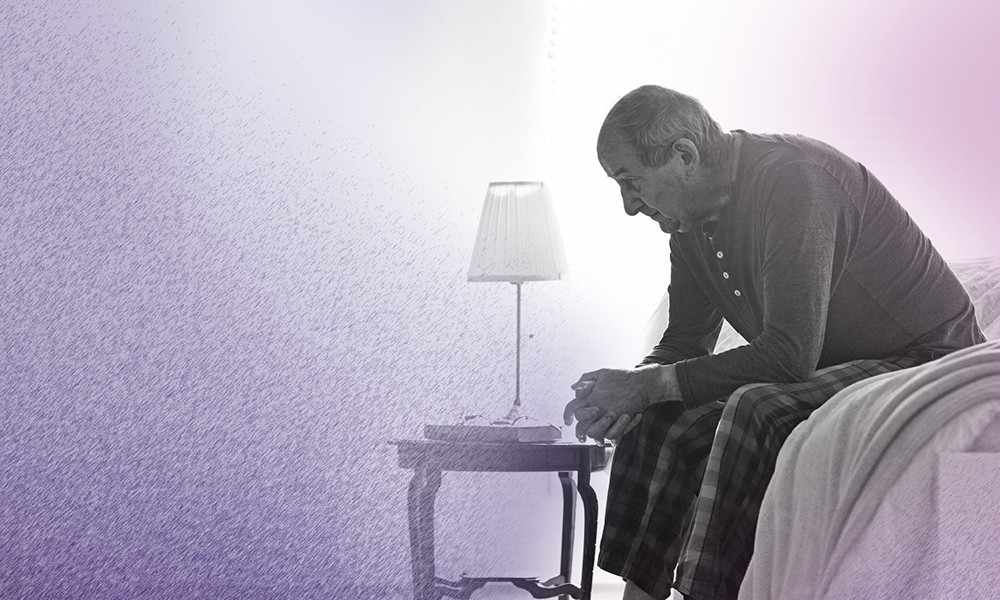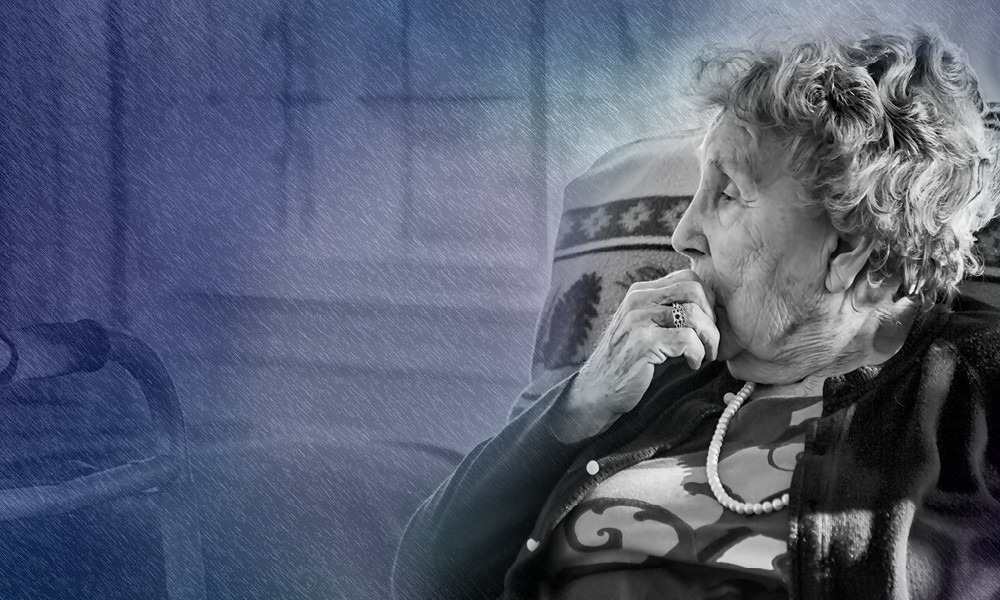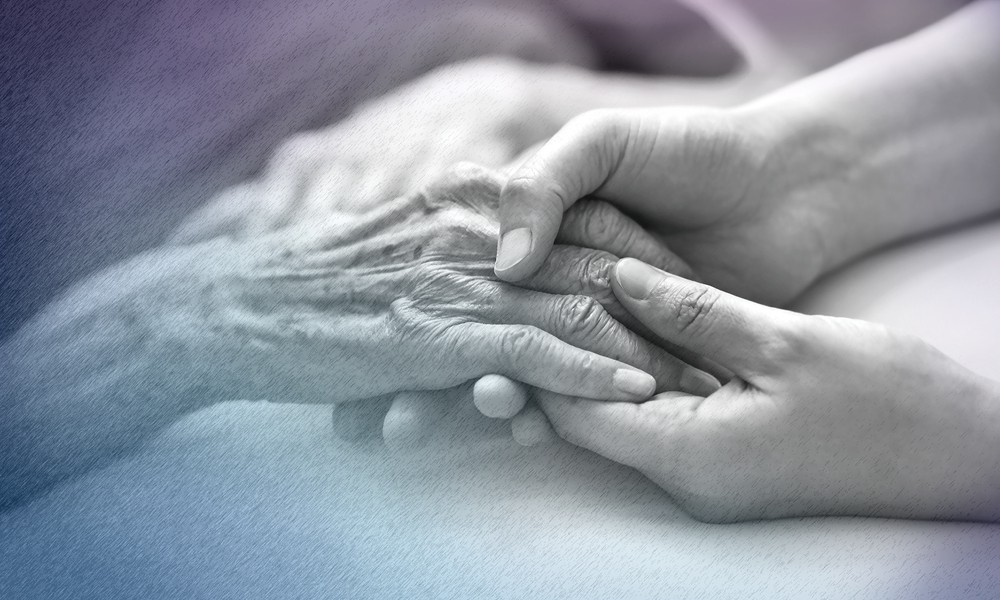QLS Proctor observes World Elder Abuse Awareness Day on 15 June. In a series of Proctor articles, key takeaways will be highlighted from the ‘Elder Abuse Joint Issues Paper’, released by Queensland Law Society and the Public Advocate of Queensland in February this year.
Legal practitioners, as trusted advisors, are in a key position to detect elder abuse among clients.
Essentially, practitioners should not only understand what constitutes elder abuse, but also recognise which clients may be especially vulnerable to elder abuse.
Although any older person may experience elder abuse, individual factors or life circumstances can increase an older person’s risk of experiencing violence, abuse or neglect. This article highlights six subgroups of older persons that are particularly vulnerable to elder abuse.
Aboriginal and Torres Strait Islander persons
Aboriginal and Torres Strait Islander people generally have a shorter life expectancy, and experience earlier onset of aging-related conditions and disability compared to non-Indigenous Australians. Limited research to date suggests that older Aboriginal and Torres Strait Islander people may be particularly vulnerable to financial abuse.
Cultural norms relating to kinship structures, as well as sharing, reciprocity and expectations around communal property may complicate the way in which abuse is experienced and understood in Aboriginal and Torres Strait Islander communities.
Persons from culturally and linguistically diverse communities
Older persons belonging to culturally and linguistically diverse (CALD) communities may be particularly vulnerable to elder abuse. Contributing factors include less awareness of available services, language barriers, increased social dependence on family members, social isolation, an unwillingness to disclose abuse because of stigma, and differing cross-generational expectations of care. Cultural expectations relating to family responsibilities may also complicate the way in which abuse is experienced and responded to in CALD communities.
Persons with disability
With increasing age, rates of disability and illness also increase. Therefore, older people are more likely to experience disability than the rest of the population. Persons with cognitive impairment or other forms of disability are particularly susceptible to elder abuse. Risk factors that often correlate with disability include social isolation, dependence on others for care and support, and socioeconomic disadvantage.
Women
Women experience elder abuse at higher rates than men. Women may be particularly vulnerable to elder abuse due to gender inequality, ageism, financial insecurity, and intimate or intergenerational relationship dynamics. Older women may be reluctant to report abuse for many reasons, including financial dependence on the abuser, lack of alternative accommodation, fear of retaliation, or feelings of shame. In particular, sexual abuse of older women often goes unreported.
Persons identifying as LGBTI+
Older LGBTI+ people may experience unique forms of elder abuse, including abuse related to their sexual orientation. Older LGBTI+ people face a number of barriers to disclosing or reporting abuse, including fear of discrimination and distrust of the health, care and justice systems. Additionally, older LGBTI+ people may be reluctant to enter residential aged-care facilities based on a fear of encountering hostility and being pushed back ‘into the closet’.
Carers
Older persons who provide informal care for parents, partners, adult children, grandchildren and other family members can experience elder abuse in their caring relationships. Carers have reported verbal, physical, and financial abuse, threats of harm, and abuse of property by the persons they care for. Carers of older people with difficult behaviours (for example, dementia) may be particularly vulnerable to experiencing abuse.
Many of these factors may intersect. For example, while older women are more at risk of elder abuse than older men, older women with a disability are at an even greater risk than older women without a disability.
Utilising our position of trust, legal practitioners can often ask clients more detailed questions about their personal circumstances than other service providers may be able to. Armed with knowledge of the types of clients that may be particularly susceptible to elder abuse, legal practitioners can play a vital role in detecting unreported elder abuse and offering essential assistance to some of our most vulnerable community members.
Sonia Smith is a Queensland Law Society Senior Policy Solicitor.












Share this article